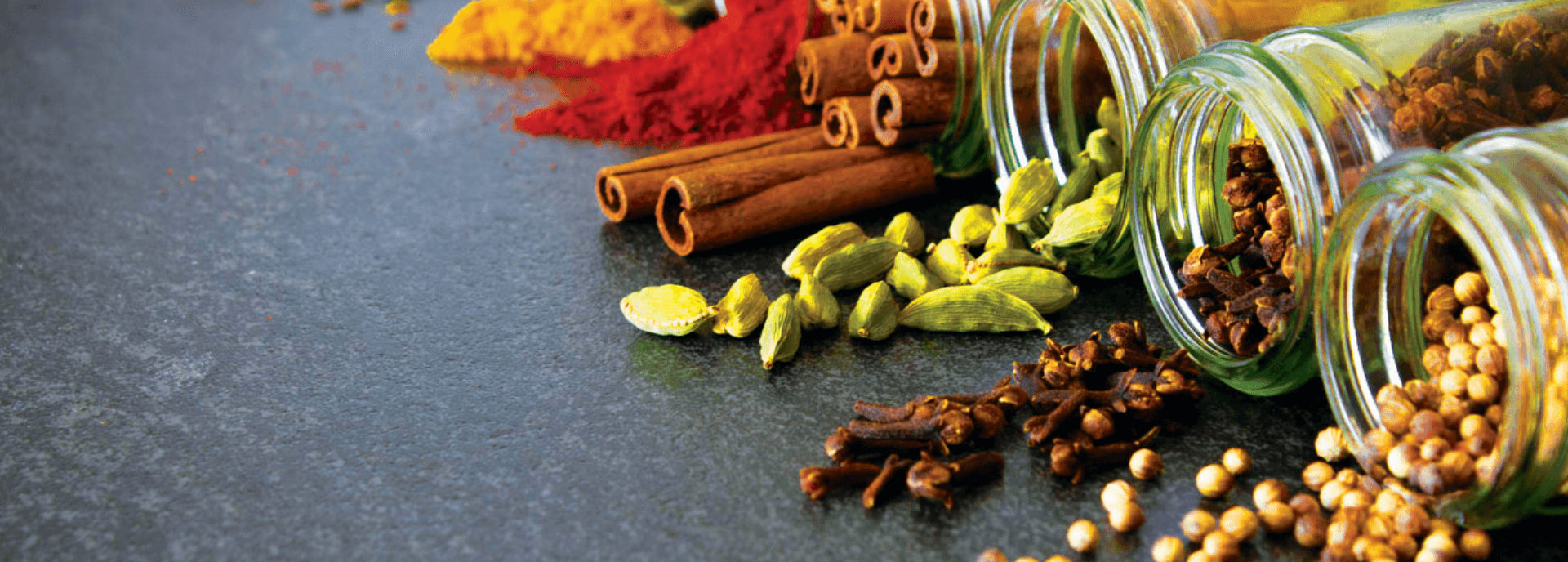

Striving hard to achieve the best, at Swani Spice we have managed to develop more than 100+ recipes of different product blends. All the products have been divided into three primary categories which include Whole Spices, Powders & Spice Blends.
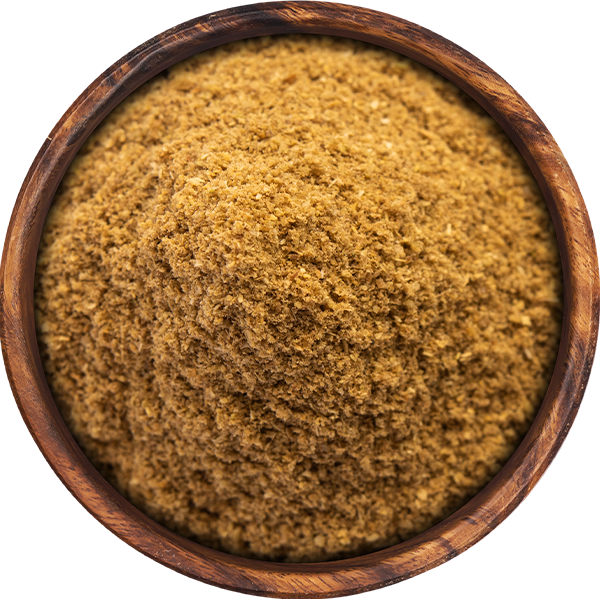
Cumin

The dried white fruit with the greyish brown color of a small slender herb, the aromatic seed-like fruit is elongated, ovoid, slightly bitter, and with a warm flavor. The flowers are often white or rose-colored in small umbels. Indigenous to North Egypt, Syria, the Mediterranean region, Iran, and India, it is also cultivated in Mexico, China Sicily, and Malta.
Cumin is a tropical plant and is cultivated as a rabi crop in areas where atmospheric humidity during February-March is low. Although they have an aromatic and bitter taste, it is often used as a condiment and is an ingredient in curry powders, seasonings of bread, cakes, and cheese.
In medicine, it is used as a stimulant, carminative, stomachic, and astringent. Cumin seed oil is also used in perfumery and for flavoring liquors and cordials.
Enquire Now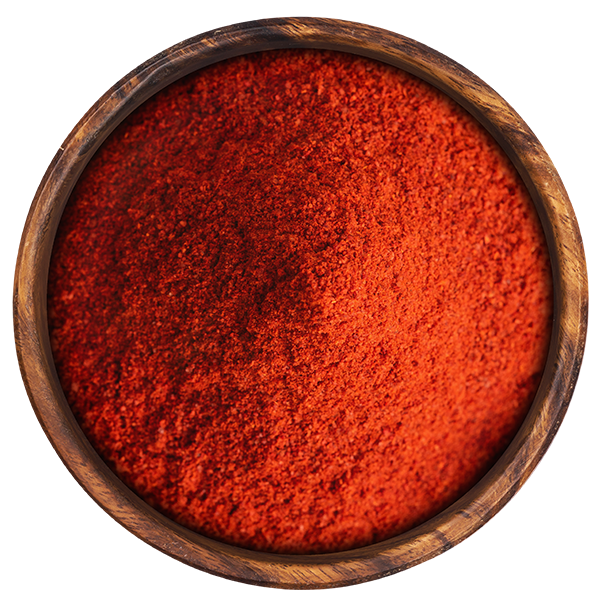
Chilli

Chilli is the dried ripe fruit of the genus Capsicum. Capsicum annuum is an annual subshrub, the flowers of which are borne singly and fruits usually pendent, which provide red peppers, cayenne, paprika and chillies and sweet pepper (bell pepper) a mild form with large inflated fruits. Capsicum frutescence is a perennial chilly with small sized pods which are highly pungent. It is commonly known as 'bird chilly' and 'Tabasco'. Chilli is reported to be a native of South America and is widely distributed in all tropical and sub‐tropical countries including India. It was first introduced in India by Portuguese towards the end of 15th Century. Now it is grown all over the world except in colder parts.
Dry chilli is extensively used as spice in curried dishes. It is also used as an ingredient in curry powder and in seasonings. Bird chilly is used in making hot sauces as pepper sauce and Tabasco sauce. Paprika, Byadgi chilly, Warangal chatpatta and similar high colour less pungent varieties are widely used for colour extraction. This colour is highly popular among food and beverage processors for its use as a colorant since this being a 'natural plant colour'.
As a medicine it is used as a counter irritant in Lumbago, Neuralgia, and Rheumatic disorders. Capsicum has a tonic and carminative action. Taken inordinately it may cause gastro‐enteritis. The enzyme isolated from chilly is used in the treatment of certain type of cancers. Oleoresin capsicum is used in pain balms and VapoRub. Dehydrated green chilly is a good source of vitamin 'C'.
Enquire Now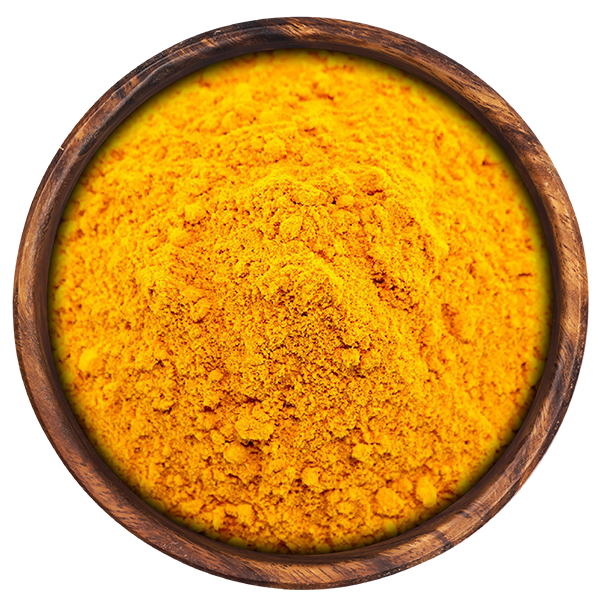
Turmeric

Turmeric is the boiled, dried, cleaned, and polished rhizomes of Curcuma longa. The plant is an herbaceous perennial, 60 – 90 cm high, with a short stem and tufted leaf. This plant is a native of India. However, apart from India, it is also cultivated in Pakistan, Malaysia, Myanmar, Vietnam, Thailand, Philippines, Japan, Korea, China, Sri Lanka, Nepal, East/West Africa, and many other countries in the west.
In India, turmeric is cultivated in the states of Andhra Pradesh, Maharashtra, Orissa, Tamil Nadu, Karnataka, and Kerala. It is a tropical crop that grows in light black, black clayey, and red soils in irrigated and rainfed conditions. The crop cannot stand water logging or alkalinity.
Often used to flavor and color foodstuffs, it is a principal ingredient in curry powder. Turmeric oleoresin is used in brine pickles and to some extent in mayonnaise and relish formulations, non-alcoholic beverages, gelatins, butter, cheese, etc. The color curcumin extracted from turmeric is used as a colorant.
Turmeric is also used as a dye in the textile industry. Often used in the preparation of medical oils, ointments, and poultice; it is a stomachic, carminative, tonic, blood purifier, and antiseptic. It is used in cosmetics and the aqueous extracts have biopesticide properties.
Enquire Now
Coriander

Coriander is an important spice crop having a prime position in flavoring food. The plant is a thin stemmed, small, bushy herb, 25 – 50 cm in height with many branches and umbels. Leaves are alternate, and compound. The whole plant has a pleasant aroma.
It is a native of the Mediterranean and commercially produced in India, Morocco, Russia, France, Central America, the USA, Mexico, and various other Eastern European nations. This tropical crop can be successfully cultivated as a rabi season crop in an area free from severe frost during February when the crop flowers and sets its seeds.
The youngest plant is used for flavoring and garnishing curries as well as soups. The seeds of this plant are widely used as condiments with or without roasting in the preparation of curry powders, sausages, and seasonings. It is an important ingredient in the manufacture of food flavorings, bakery products, meat products, sodas and syrups, puddings, candy preserves, and liquors.
The plant is also known to come with medicinal values by being used as a carminative, refrigerant, diuretic, and aphrodisiac. In household medicines, it is used against seasonal fever, stomach disorders, and nausea. Coriander oil and oleoresins are primarily used in seasonings for sausages and other meat products.
Enquire Now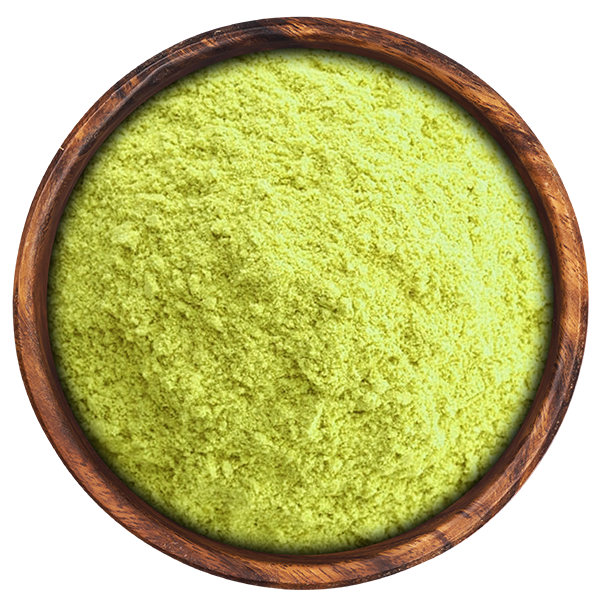
Celery

Celery is an umbelliferous, aromatic, herbaceous plant grown for its leaves, seeds, oleoresin, and essential oil. Celery plant is usually 30‐60 cm high, erect with conspicuously jointed stems, bearing well‐developed leaves on long expanded petioles. The rigid fruit is small, ovoid, 1 to 1.5 mm long, 1 to 2 mm in diameter, contains a small brown seed. The native habitat of celery extends from Sweden to Egypt, Algeria, and Ethiopia and in Asia, India, and China. It is an annual in the planes, whereas biennial in cold climate and on hills.
The dried ripped fruits (celery fruit) are used as spice. Leaves and stalks are used as salads and in soups. It is also widely used in meat seasonings, in flavouring beverages, confectionaries, ice creams and baked goods. It is figured as a natural medicine in different cultures. In modern medicine, it is used as a stimulant and for treating Asthma and liver diseases.
Enquire Now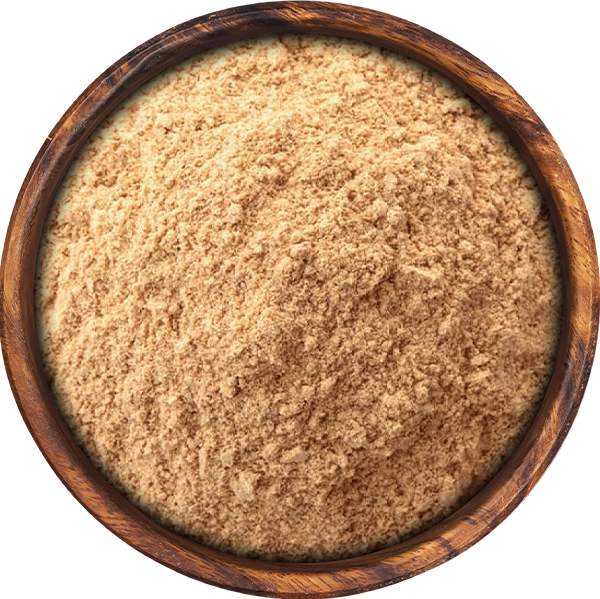
Ginger

Ginger as a plant is refreshingly aromatic and the underground rhizome, whether raw or processed, is valued as a spice in India. It is a tropical plant with the center of origin in India and Malaysia. However, now it is widely cultivated in India, Jamaica, Sierra Leone, Nigeria, Malaysia, Southern China, and Japan. The plant requires warm and humid climate and thrives well from sea level to an altitude of 1500 mtrs above. A well-distributed rainfall (150-300cm) during growing season and dry spells during land preparation and harvesting are required for the crop.
Fresh Ginger, Dry Ginger Powder, Oleoresin, and oil are used in food processing. It is an indispensable ingredient in the manufacture of gingerbread, confectionary, ginger ale, curry powders, certain curried meats, table sauces, in pickling and in the manufacture of certain cordials, ginger cocktail, carbonate drinks, liquors, etc.
In medicine, Ginger is used as a carminative and stimulant. It has wider application in indigenous medicines. The ginger oil is used as a food flavourant in soft drinks.
Enquire Now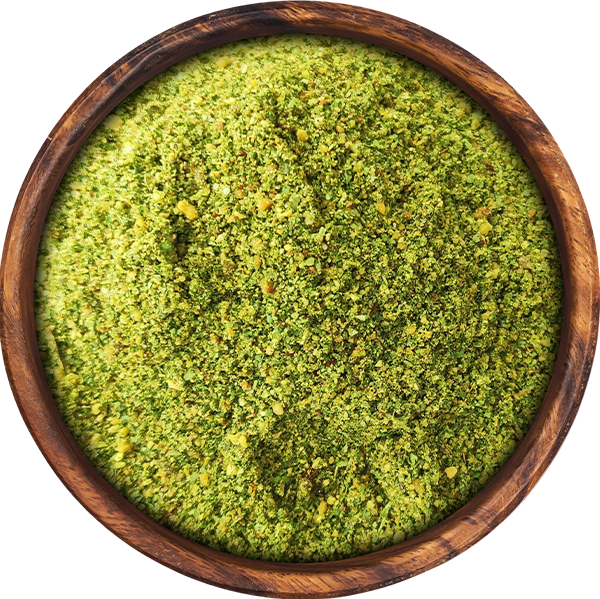
Curry Leaf Powder

Mixture of spices that take on a yellow hue, it is not a staple Indian ingredient in Indian cooking. This powder was created by British to evoke the essence of Indian food and is not used in authentic cooking. The confusion may come from a popular Indian dish known as curry, but that term refers not to the spice blend but to the dish itself, which is made up of sauce or gravy along with meat and vegetables.
Often one of the main ingredients in curry powder is turmeric. Other spices that can be incorporated include everything from ginger, cinnamon, garlic and cloves to mustard seeds, black pepper and fennel seeds.
Although curry powder is not meant for traditional Indian dishes, it still has a place in the spice drawer as it can add a unique taste to a variety of recipes. Curry Powder can be used to season roasted vegetables, pureed soups, hummus, egg salad, and even popcorn. It will give an ordinary recipe a touch of warmth and depth.
This spice blend benefits from being mixed with a liquid (like broth or coconut milk) or yogurt before adding it to the dish, which helps the flavors of the curry powder infuse into other ingredients. Curry Powder is also meant for slower cooked recipes, so it has time to release its flavours.
It combines both sweet and savory elements, creating a spice powder that is earthy and warm with a bit of brightness to it. The powder can range from mild to spicy, depending on the type and amount of pepper used; mild will list ginger and black pepper as ingredients, while chile peppers will signify a spicy blend.
At Swani Spice, we have managed to develop several variants of curry powder, viz incl:
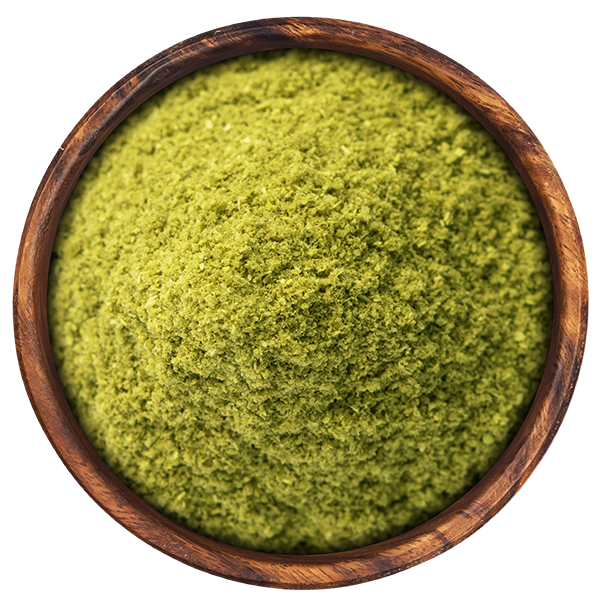
Fennel

It is a biennial, aromatic, stout, glabrous, 1.5 to 1.8 mtr high. The ripe fruit (seed) is small, oblong, cylindrical, 6.8mm long, straight, or slightly curved, greenish yellow, deeply furrowed, 5 ridged and having agreeable aroma. A native of Europe and Asia Minor, Fennel is cultivated extensively in Northern India as a cold weather crop. It comes up well in fairly mild climate. The dry and cold weather favors high seed production. Prolonged cloudy weather at the time of flowering is conducive to diseases and pests.
It is a biennial, aromatic, stout, glabrous, 1.5 to 1.8 mtr high. The ripe fruit (seed) is small, oblong, cylindrical, 6.8mm long, straight, or slightly curved, greenish yellow, deeply furrowed, 5 ridged and having agreeable aroma. A native of Europe and Asia Minor, Fennel is cultivated extensively in Northern India as a cold weather crop. It comes up well in fairly mild climate. The dry and cold weather favors high seed production. Prolonged cloudy weather at the time of flowering is conducive to diseases and pests.
Enquire Now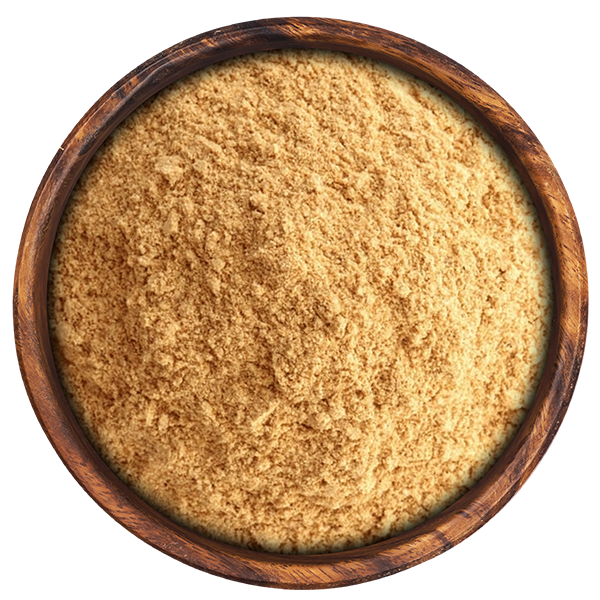
Fenugreek

Ripe fruit of an annual herb, this robust herb has light green leaves, is 30 – 60 cm long and produces slender, beaked pods, 10 – 15 cm long, each pod contains 10-20 small hard yellowish-brown seeds, which are smooth and oblong, about 3mm long, each grooved across one corner, giving them a hooked appearance.
Fenugreek is a native of South-Eastern Europe and West Asia, now cultivated in India, Argentina, Egypt, and Mediterranean countries. In India, it is grown extensively in Rajasthan, Gujarat, Madhya Pradesh, Uttar Pradesh, Maharashtra, and Punjab. It is a cold season crop and is fairly tolerant to frost and very low temperatures. Best suited to tracts of moderate to low rainfall, Fenugreek is often sown in all types of soil but performs better in loam and clayey loam with proper drainage. It can also be grown on black cotton soils.
Fenugreek is used both as a food and food additive as well as in medicines. Fresh tender pods, leaves, and shoot saree Atenas curried vegetables. As a spice, it flavours food. Powder of dried leaves is also used for garnishing and flavouring variety of foods. Fenugreek extract is used as a flavouring agent of imitation maple syrup. It is one of the principal constituents of curry powder. The seeds are used for incolicflatulence, dysentery, diarrhea, chronic cough, enlargement of the liver and spleen, rickets, gout, and diabetes. It is also used as an acarminative, tonic, and aphrodisiac. Fenugreek oil is used in the manufacture of hair tonics.
Enquire Now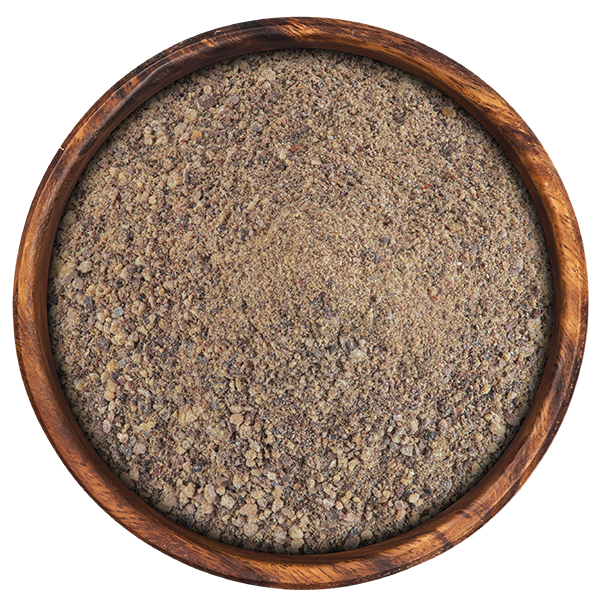
Black Pepper

Black Pepper is the dried mature berry of Piper nigrum, a climbing, perennial shrub mostly found in hot, moist region of Southern India. The climbing woody stems have swollen nods with clinging roots at each node, which helps in anchoring the vine to the support trees (standards). It has straight upward growing main stem and have lateral shoots from the axils of the leaves having shorter inter nodes without adventitious roots. In such branches the terminal buds get modified into an inflorescence (spike) and the auxiliary buds continue further growth.
Pepper is considered originated in the hills of Southwestern Ghats of India. It is now grown in Indonesia, Malaysia, Sri Lanka, Thailand, China, Vietnam, Cambodia, Brazil, Mexico, and Guatemala apart from the country of origin. Pepper requires hot and humid climate and grows between 20-degree North and South latitudes, from sea level to up to 1500 meters above MSL. The crop tolerates temperatures between 10 degree and 40-degree C. A well‐distributed annual rainfall of 125 to 200 cm is considered ideal for pepper.
Pepper is largely used by meat packers and in canning, pickling, baking, considering for its preservative value. It has the ability to correct the seasoning of dishes, therefore used as a final dash at the end of cooking to effectively adjust the flavour. It is an important component of culinary seasoning of universal use and is an essential ingredient of numerous commercial foodstuffs. It is also used as an ingredient in spice mixes. White pepper is used in products like mayonnaise where, black specks of black pepper is not liked. Other products in use are pepper oil, oleoresin, micro encapsulated pepper, green pepper in brine, dehydrated green pepper, frozen pepper etc.
Black pepper is an essential ingredient in Indian system of medicine. Piperine, the pungent principle in pepper oleoresin helps to enhance bioavailability and therefore used in pharmaceuticals. The major functional properties of pepper are analgesic, anti‐pyretic, antioxidant and anti‐microbial.
Enquire Now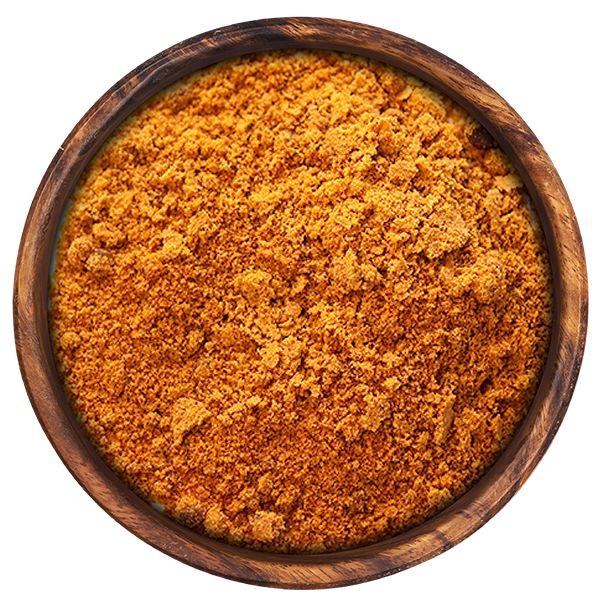
Mace

Mace is a spice produced from a fruit of an evergreen tree usually 9‐12 metre high. It is dried reticulated 'aril' of the fruit and nutmeg is the dried seed kernel of the fruit. The trees are normally unisexual, bearing either male or female flowers. The male flowers are born in clusters, whereas female flowers are often solitary. Fruits afleshydrupe, spherical in shape, pale yellow in colour with a longitudinal groove in the centre. When the fruit matures it burst open along the groove exposing the bright attractive mace, covering the hard black, shiny shell of the seed called nutmeg.
Mace is used as a condiment, particularly in sweet foods. The spice in the ground form is mainly used in the food processing industry, especially as a standard seasoning in many Dutch dishes. It is also used in various savoury dishes.
It is also used as a drug in Eastern countries because of its stimulant, carminative, astringent, and aphrodisiac properties.
Enquire Now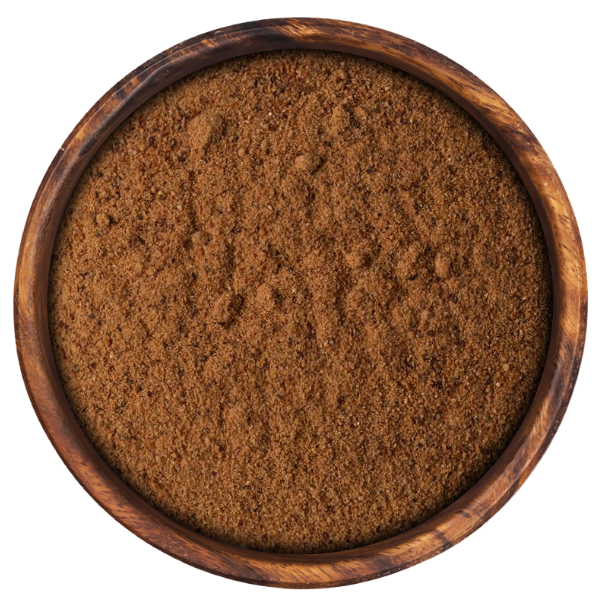
Nutmeg

Nutmeg is a spice produced from a fruit of an evergreen tree usually 9‐12 mtr high. It is the dried seed kernel of the fruit. The trees are normally unisexual, bearing either male or female flowers. The male flowers are born in clusters, whereas female flowers are often solitary. Fruits afleshydrupe, spherical in shape, pale yellow in colour with a longitudinal groove in the centre. When the fruit matures it burst open along the groove exposing the bright attractive mace, covering the hard black, shiny shell of the seed called nutmeg.
The nutmeg tree is indigenous to the Moluccas. The major nutmeg growing areas are Indonesia and Granada. It also grows on a smaller scale in Sri Lanka, India, China, Malaysia, Zanzibar, Mauritius, and Solomon Island.
Nutmeg thrives well in places with warm humid climates from sea level up to 600 meters MSL. It grows on a variety of soils from sandy to clayey loams and red laterite soils with good drainage. A well‐distributed annual rainfall of 250 cm is ideal for the crop.
Nutmeg oleoresin is used in the preparation of meat products, soups, sauces, baked foods, confectionaries, puddings, seasoning of meat and vegetable etc. The fleshy outer cover of the fruit is crystallized or pickled or made into jellies. Nutmeg oil is used in cosmetics and toiletries. An ointment of nutmeg butter has been used as a counterirritant and in treatment of rheumatism.
Enquire Now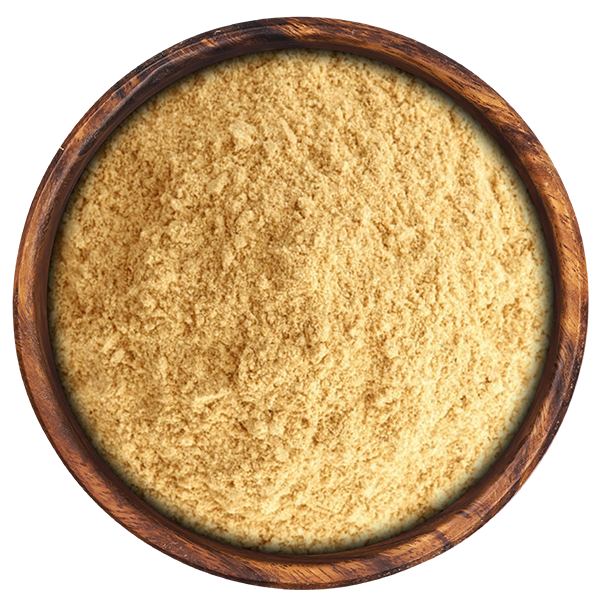
Greater Galangal

Greater Galangal is the dried rhizome of the plant Alpinia galanga. This is a perennial, robust, tillering, rhizomatous herb. A native of Indonesia, it is currently cultivated in all Southeast Asian countries, India, Bangladesh, China and Surinam. The plant requires sunny or moderately shady locations with fertile moist soil preferably sandy or clayey, rich in organic matter with good drainage. In the tropics, the plant occurs up to an altitude of 1200mtrs.
The rhizomes have many applications in traditional medicines such as for skin diseases, indigestion, colic, dysentery, enlarged spleen, respiratory diseases, mouth, and stomach cancer. Rhizomes show anti-bacterial, anti‐fungal, anti‐protozoal, and expectorant activities.
The young rhizome is a spice used to flavour various dishes in Malaysia, Thailand, Indonesia, and China.
Enquire Now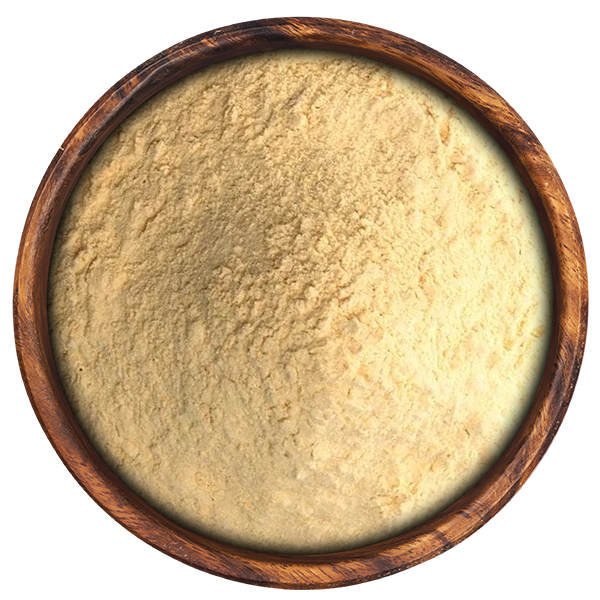
Garlic

Garlic is a hardy, bulbous, rooted, perennial plant with narrow flat leaves and bears small white flowers and bulbils. The compound bulb consists of 6 to 34 bulblets called 'cloves' which are surrounded by a common, thin, white or pinkish papery sheet. Garlic has a strong flavor and taste. Garlic is a native of West Asia and Mediterranean area. China, Korea, India, USA, Spain, Argentina and Egypt are the major garlic growing countries. Garlic prefers cool weather and grow in a well‐drained, moderately clay loam at higher elevation (900 to 1200 mtrs).
Garlic is used for flavoring various dishes practically all over the world. In United States almost half of the produce is dehydrated for use in mayonnaise products, salad dressings and in several meat preparations. Raw garlic is used in the preparation of garlic powder, garlic salt, garlic vinegar, garlic cheese croutins, garlicked potato chips, garlic bread, garlicked bacon etc. Spray dried garlic products, liquid garlic preparations are other products. In India and other Asian and Middle East Countries, garlic is used in pickles, curry powders, curried vegetables, meat preparations etc. Oil of garlic is used as a flavoring agent in soups, canned foods, sauces etc.
The other properties are anti‐bacterial, fungicidal, and insecticidal. In the area of medicine, it is used for various ailments of stomach, skin diseases. It has wider applications in indigenous medicines and is also considered as highly nutritive.
Enquire Now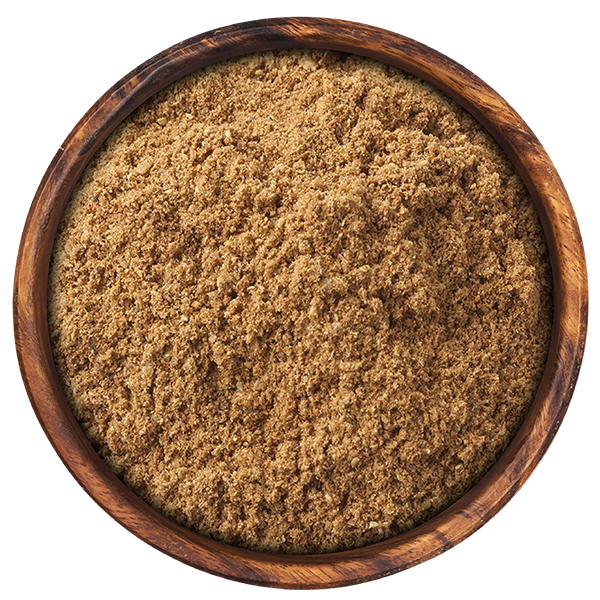
Dill Seeds

Dill is a herbaceous annual with pinnately divided leaves. The ripe, light brown seeds emit an aromatic odour. The leaves have pleasant aromatic odour and warm taste. Both seeds and leaves are valued as spice. European Dill (Anethum graveolens) is indigenous to Europe and is cultivated in England, Germany, Romania, Turkey, USA and Russia. The Indian dill (Anetheumsowa), a native of Northern India is bolder than the European dill. It is cultivated as a cold weather crop in many parts of India.
Dill seed is used both whole and ground as a condiment in soups, salads, processed meats, sausages and pickling. Dill stems and blossom heads are used for dill pickles. The essential oil is used in the manufacture of soaps. Both seeds and oil are used in indigenous medicinal preparations. The emulsion of dill oil in water is an aromatic carminative.
Enquire Now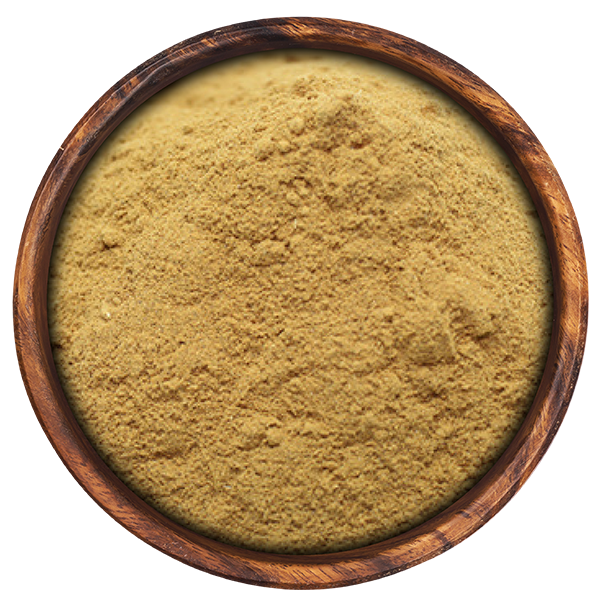
Cinnamon

The “True Cinnamon” or Sri Lankan Cinnamon is the dried inner stem bark of Cinnamon Verum. Cinnamon plants are grown as bushes. When the plants are two years of age, they typically measure at about 2 meter in high and 8‐12 cm at the base. It is at this stage they are ready for harvesting. Cinnamon verum is mostly cultivated in Sri Lanka, Malagasy Republic, and Seychelles. It has originated in the central hills of Sri Lanka. In India, it is grown in one or two locations in Kerala. Cinnamon is a hardy plant and is cultivated in Sri Lanka under varying conditions ranging from semi dried to wet zone conditions. The ideal temperature for growing cinnamon is between 20‐ 30 degree C and rainfall between 1250 to 2500 mm. It thrives well as a forest tree at 300‐350 meter above Msl.
Cinnamon verum is mostly cultivated in Sri Lanka, Malagasy Republic, and Seychelles. It has originated in the central hills of Sri Lanka. In India, it is grown in one or two locations in Kerala. Cinnamon is a hardy plant and is cultivated in Sri Lanka under varying conditions ranging from semi dried to wet zone conditions. The ideal temperature for growing cinnamon is between 20‐ 30 degree C and rainfall between 1250 to 2500 mm. It thrives well as a forest tree at 300‐350 meter above MsL.
The commercial products of cinnamon are quills, quillings, featherings, chips, cinnamon bark oil and cinnamon leaf oil. 'Quills' are scraped peel of the inner bark of the mature cinnamon shoots, joined together with overlapping tubes, the hollow of which has been filled with smaller pieces of cinnamon peels which is dried first in the sun and thereafter in the shade. 'Quillings' are broken pieces and splits of all grades of cinnamon quills. 'Featherings' are feather like pieces of inner bark consisting of shavings and small pieces of bark left over. Cinnamon 'chips' are rough unpeelable barks scraped off from the thicker stems. Cinnamon leaf and bark oil are obtained by distilling the leaf and bark separately. Cinnamon bark is a popular spice with a delicate fragrance and a warm agreeable taste. It is used in the form of small pieces or powder. It is widely used in flavouring confectionary, liquors, pharmaceuticals, and cosmetics. It is found to help diabetics in digestion of sugar. It has astringent; stimulant and carminative properties and can check nausea and vomiting. The cinnamon bark oil has anti‐ fungal properties and cinnamon leaf oil is widely used in perfumery and cosmetics.
Enquire Now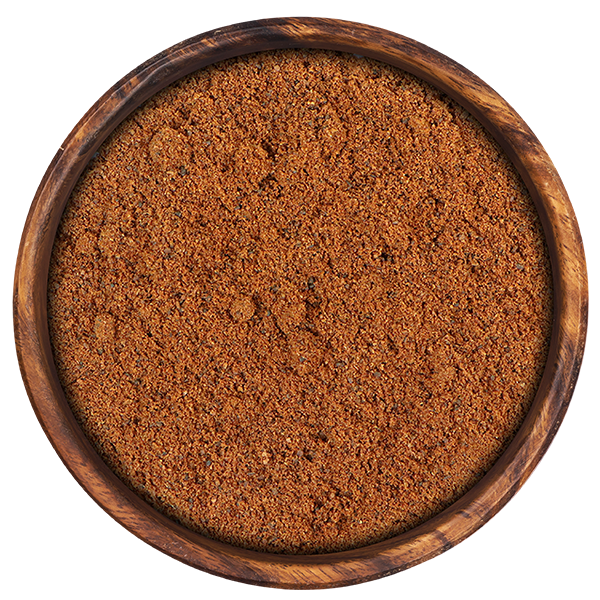
Clove

The clove of commerce is the air‐dried unopened flower bud obtained from evergreen medium sized tree. The tree grows to a height of 10‐12 mtrs and start flowering in about 7 years. It continues to produce flower buds for 80 or more years. It is a valuable spice of the orient. Clove clusters are plucked by hand when the buds are fully developed with a pronounced pink flush and then dried over several days in the sun. Unopened flower buds, leaves and stalks yield essential oil. The plant is indigenous to North Molucca Islands of Indonesia. It is also grown in Zanzibar, Madagascar, Malaysia, Sri Lanka, and India. The tree prefers well drained rich soil with sufficient soil moisture throughout the year. High atmospheric temperature (25 to 35 degree C) with heavy sun light, good and well‐ distributed rainfall (above 150 cm) and high humidity (above 70%) are preferred.
The use of clove in whole or ground form is mainly for culinary purposes and as a flavouring agent in food industry. Its flavour blends well with both sweet and savory dishes. It is highly valued in medicine as carminative, aromatic, and stimulant. In Indonesia, the lion share of production is consumed in production of 'kretek' cigarettes.
The antiseptic and antibiotic properties of clove oil are used in medicine especially in dentistry, oral and pharyngeal treatments. It has wider applications in preparations of toothpaste and mouthwashes, soaps, and perfumes. It is also reported to help diabetics in sugar assimilations.
Enquire Now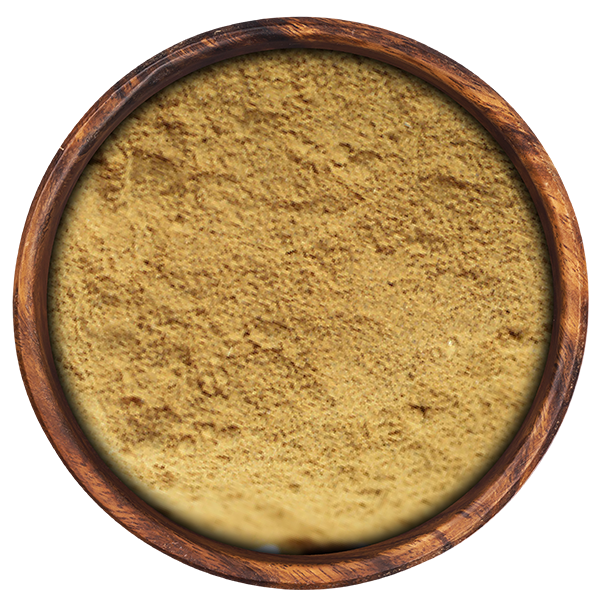
Cassia

Cinnamon cassia is the dried bark of cassia, which is a small, bushy, ever green tea, 18-20 mtr high and 40 – 60 cm diameter with a straight and cylindrical trunk and grey brown bark, 13 – 15 mm thick when mature. Cassia occurs mainly in South China, Vietnam, Laos, and Myanmar. In India, only a few plants are available. Cassia is a light demanding tree, slightly shade tolerant when young, preferring cool and wet conditions.
Dried Cassia bark is the spice. The essential oil is called cassia cinnamon oil. Apart from its use as a spice, it is a well-known medicine reinforcing ‘yang’, the body fire. ‘Guizhi’ (dried twig of cassia cinnamon) is collected in spring and summer and dried in the sum or in the shade used in decoctions, has analgesic and anti-pyretic properties.
Enquire Now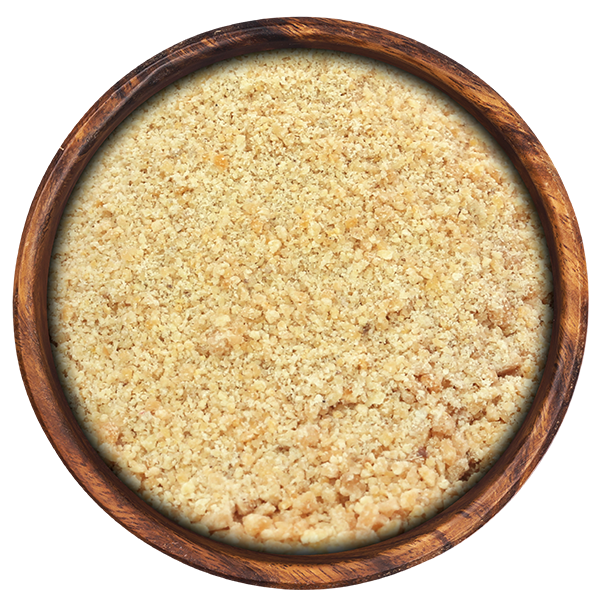
Asafoetida

Asafoetida is the dried latex (gum oleoresin) exuded from the living underground rhizome or tap root of several species of Ferula (three of which grow in India), which is a perennial herb (1 to 1.5 mtr. High). The species are distributed from the Mediterranean region to Central Asia. In India it is grown in Kashmir and in some parts of Punjab. The major supply of Asafoetida to India is from Afghanistan and Iran. There are two main varieties of Asafoetida ie. Hing Kabuli Sufaid (Milky white Asafoetida) and Hing Lal (Red Asafoetida). Asafoetida is acrid and bitter in taste and emits a strong disagreeable pungent odor due to the presence of Sulphur compounds therein.
The white or pale variety is water soluble, whereas the dark or black variety is oil soluble. Since pure Asafoetida is not preferred due to its strong flavour, it is mixed with starch and gum and sold as compounded Asafoetida mostly in bricked form. It is also available in free flowing (Powder form) or in tablet forms. Asafoetida is extensively used for flavouring curries, sauces, and pickles. It is also used in medicines because of its antibiotic properties.
Enquire Now-Powder.png)
Green Cardamom
-Powder.png)
Cardamom of commerce is the dried ripe fruit (capsules of cardamom plant) often referred as the “Queen of Spices” because of its very pleasant aroma and taste. Cardamom is a perennial, herbaceous, rhizomatous plant. Based on the nature of panicles, three varieties are recognized viz. Malabar with prostrate panicle, Mysore with erect panicle, and Vazhukka with semi-erect panicle. Plants are of medium size (2 to 3 mtr height) with pubescent leaves (on the dorsal side) and fruits globose in the case of Malabar, whereas plant robust (3 to 4 mtr height) with leaves glabrous on both sides with ovoid capsules in the case of Mysore. Vazhukka variety is a mix of the above in physical characteristics.
Indian cardamom is offered to the international markets in different grades:'Alleppey Green Extra Bold' (AGEB), 'Alleppey Green Bold' (AGB) and 'Alleppey Green Superior' (AGS) are names that register instant appeal worldwide. Cardamom oil is a precious ingredient in food preparations, perfumery, health foods medicines and beverages. India, a traditional exporter of cardamom to the Middle East countries where it goes mostly into the preparation of 'Gahwa' ‐ a strong cardamom ‐ coffee concoction without which no day is complete or no hospitality hearty for an Arab. Indian cardamom enjoys a premium preference in the Middle East, Japanese and Russians who relish it for its distinct enriching properties.
Cultivation of cardamom is mostly concentrated in the evergreen forests of Western Ghats in South India. Besides India, cardamom is grown as a commercial crop in Guatemala and on small scale in Tanzania, Sri Lanka, El Salvador, Vietnam, Laos, Thailand, Cambodia, Honduras, and Papua & New Guinea. The optimum altitudinal range on growing cardamom is 600 to 1500 mtr above MsL. The major use is for the preparation of 'gahwa' – a strong cardamom coffee concoction which is a symbol for hospitality among Arabs. Apart from this cardamom is widely used as a flavouring material in whole and ground form. In Asia, it can add a lingering sparkle to every kind of dishes both traditional and modern. In Scandinavian countries, it is used in baked goods and confectionaries. In Europe and North America, it is an ingredient in curry powder and in some sausages products. Cardamom oil and oleoresin has applications in flavouring processed foods, cordials, liquors and in perfumery and in Ayurvedic medicines.
Enquire Now-Powder.png)
Ajwain
-Powder.png)
An erect, glabrous, or minutely pubescent, branched annual. The stems are striate; the leaves are rather distant, 2‐3‐pinnately divided, the segments linear. The flowers occur in terminal or seemingly lateral pedunculate, compound umbels, white and small; the fruits are ovoid, muricate, aromatic cremo carps, greyish brown; the mericarps, which are the components of the fruit, are compressed, with distinct ridges and tubercular surface, 1‐seeded.
Ajwain originated in the Middle East, possibly in Egypt and the Indian Subcontinent, but also in Iran, Egypt, and Afghanistan. In India, the major Ajwain producing states are Rajasthan and Gujarat, where Rajasthan produces about 90% of India's total production. It is traditionally used as a digestive aid, relieves abdominal discomfort due to indigestion and antiseptic. In southern parts of India, dry ajwain seeds are powdered and soaked in milk, which is then filtered and fed to babies. Many assume that it relieves colic in babies and for kids it also improves digestion and appetite. Ajwain can be used as digestive mixture in large animals. In the northern part of India, Ajwain is often consumed after a heavy meal. It is commonly offered after dinner parties.
Enquire Now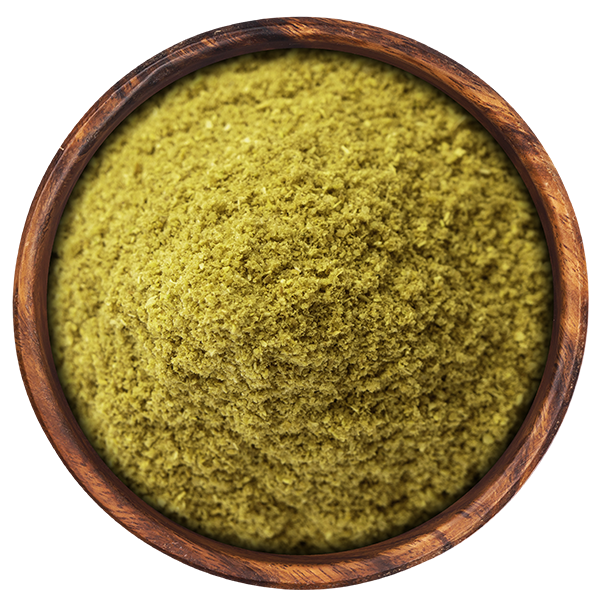
Bay Leaves

Bay Leaf or Laurel Leaf are dried leaves or an evergreen shrub or more rarely a tree attaining a height of 15 to 20 mtrs. The upper surface of the leaf is glabrous and shiny, olive green, and lower surface is dull olive to brown with a prominent rib and veins.
The aroma of the crushed leaves is delicate & fragrant, and taste is aromatic and bitter. The size of the leaves is ranging from 2.5 to 7.5 cms in length and 1.6 to 2.5 cms in breadth. The shape is elliptical and tapering to a point at the base and tip of the leaves.
It is a native of Mediterranean and grow widely in scrub land woods in Europe and California. It widely cultivated in Europe, America, and Arabian countries. It is not cultivated as a commercial crop in India.
Bay leaves are used as flavouring in soups, stews, meat, fish, sauces and in confectionaries. Both leaves and fruits possess aromatic, stimulant, and narcotic properties. The essential oil from the leaves is also used as spice and food flavouring agent and has wider application in traditional medicines of different countries. The major functional properties are anti‐ microbial, anti‐fungal, hypoglycemic, anti‐ulcerogenic etc.
Enquire NowThis website uses cookies or similar technologies, to enhance your browsing experience and provide personalized recommendations. By continuing to use our website, you agree to our Privacy Policy